Elaborating on @RespawnedFluff's answer, one way to find this is to think in the following way:
- What resistors do I have, ok 120.
- What do I need to make, 80
- What equations do we know? Well the two resistors in series or parallel are the simplest starting points. Clearly series doesn't help immediately - that would increase the resistance, not reduce it. So we will need to try parallel. We know the equations:
$$\frac{1}{R_p}=\frac{1}{R_1}+\frac{1}{R_2}=\frac{R_1 + R_2}{R_1 R_2}$$
- So maybe lets start with that:
$$\begin{align}
\frac{R_1 R_2}{R_1 + R_2} &= 80\\\\
80R_1 + 80R_2 &= R_1 R_2\\\\
R_2 &= \frac{80R_1}{R_1-80}
\end{align}$$
So can you find any combination that suits? Well, start with \$R_1=120\$ and then see what value \$R_2\$ needs to be. Can you make that value easily? In this case yes, so great.
For other values, if you can't get a value immediately, you may need to try either the same approach as above iteratively to find the value for \$R_2\$. If that fails to work, you could also try changing \$R_1\$ - maybe two in series or parallel, and then try again for \$R_2\$.
This approach is quite iterative, but in this case it would have quickly found both the answer you got (using 6 resistors), and also the answer @RespawnedFluff got (using 3 resistors).
If you were trying to grow the resistance (i.e. the required resistance is larger than your available value), you basically do the same thing, but start with a larger available resistance, or split the larger resistance up in series chunks and solve for them (e.g. if you wanted \$180\Omega\$, you could pick a chunk of \$120\Omega\$ and \$60\Omega\$).
You may wonder how the method would have gotten to your answer - given that yours has 3 parallel branches, whereas this approach uses two. Well, in calculating \$R_2\$ above, iteratively, you would introduce \$R_2\$ being a parallel branch, which topologically is the same as if there were 3 branches to begin with.
